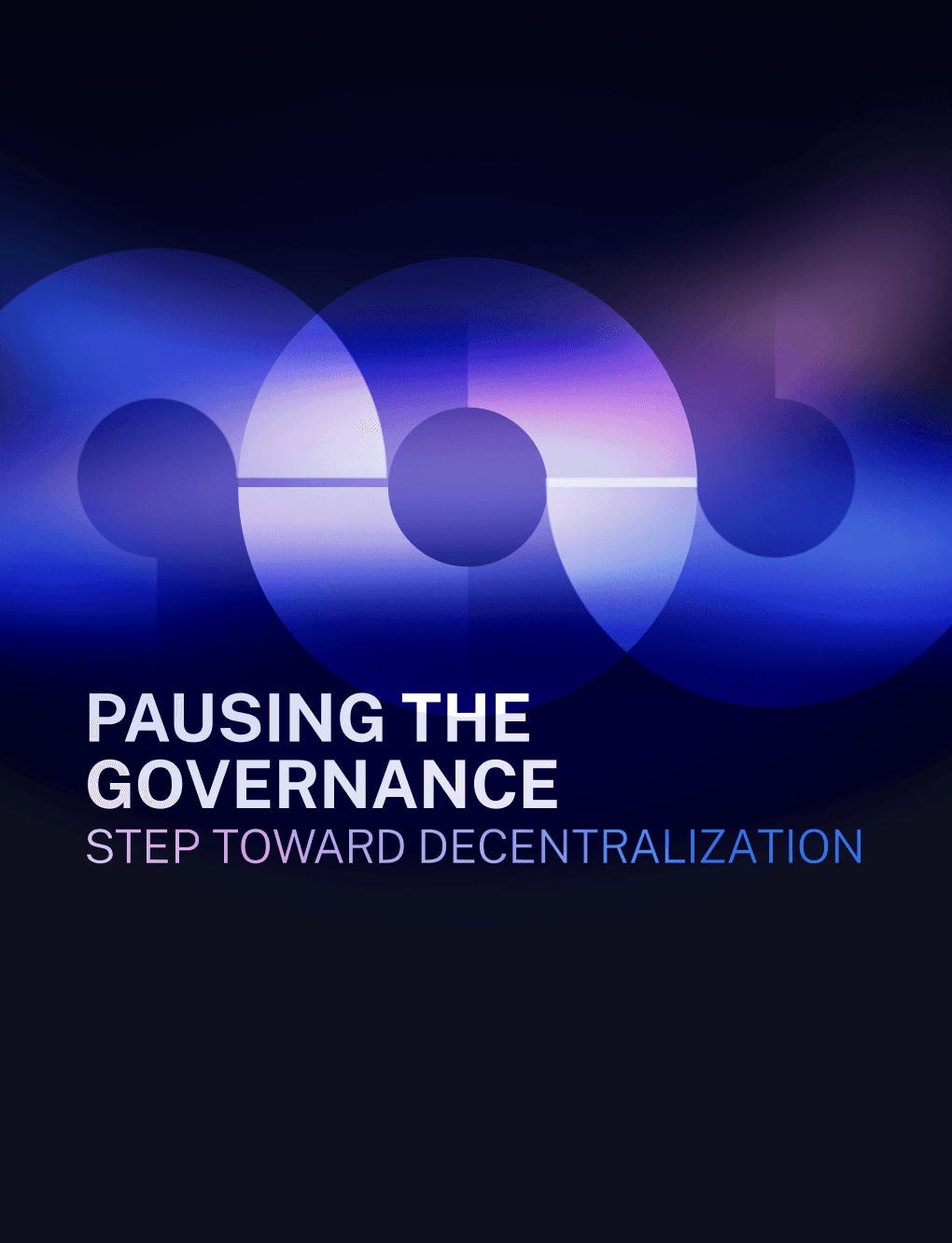It has already been a month since team t3rn attended DappCon22 in Berlin, so we wanted to make a quick summary of what happened and share some of our thoughts on the latest developments in the Ethereum ecosystem and beyond.
The conference was mainly about Ethereum and EVM-based chains, so why is it interesting for t3rn, who’s in Polkadot?
As you may know, t3rn aims to integrate as many consensus systems as possible to enable developers to exert their full creativity in designing smart contracts, without thinking about how their cross-chain transactions are handled in the background.
EVM-based chains are still leading in market adoption, and since the most popular consensus systems are EVM-based chains, we think it is essential to see the progress of other projects building on it and exchange knowledge with them.
When the conference took place, Ethereum had just merged to 2.0 and changed its consensus from proof of work to proof of stake. This is quite important because the whole underlying consensus of the most popular blockchain changed, in other words, the mechanics for deciding when a transaction is final, how transactions are going to be picked up from validators, and so on. After the upgrade, we will be able to test our light clients on the Ethereum mainnet.

Here are some interesting insights from the event:
ZK Bridging with Light Clients
One project that caught our eye was Succinct Labs.
In their keynote, they presented a new bridging solution for eth2 based on zkSNARKS.
One new feature that came with the Eth2 merge is the sync committee. The sync committee is a group of Ethereum validators (512 in total) that enable the creation of efficient light clients. This is achieved by having a constant and smaller validator set, and reducing the number of times the validators are shuffled. Verifying the header signature of the sync committee acts as proof, that the header is valid.
Verifying the sync committee in a smart contract is possible, but still expensive and limited. Succinct labs solves this, by running the signature checks and validator set updates inside of a zkSNARKs proof, reducing the cost of the verification. As zkSNARK proofs have a constant size, the required gas amount for verifying pretty much stays constant. This is a very interesting development, as Ethereum's native consensus checks can be checked on another blockchain by compressing the computation in zkSNARK.
Zero Knowledge
One of the hottest topics was, of course, how to scale Ethereum (yes, we still have the problem after the merge) and there were different approaches on how to do it. We saw potential solutions from both Optimistic and ZK-Rollups at the conference.
ZK-Rollups dominated a bit, and multiple projects were using this technology like zkSync, Polygon’s zkEVM, and StarkNet.
It was interesting to see how other projects use zero-knowledge proofs and what type of implementations they prioritize since our plan is also to utilize this feature for our Attesters (you can find more about Attesters in our blog post here).
Here is a small example of how the network will benefit from Attesters using ZK-Proofs:
The Attesters’ job is to generate a large amount of “release” transactions on a target consensus system, which Executors will then send to the target chain to release the requested output from the escrow contract to the requester.
In t3rn, we rely on Attesters to unlock funds from our escrow contract. While Attesters require a high stake (which is slashed on misbehavior), the security is closely correlated to the number of Attesters that are required to sign an unlock transaction. These signatures need to be checked in the escrow contract, increasing the transaction fees for each additional signature. zkSNARKs have one very cool property, Succinctness (the S in SNARK), which results in a constant verification cost of the proof, no matter how large the computation in the proof is. For this reason, we are exploring ZK technology at t3rn, as it would allow us to use a much higher number of Attester signatures without increasing the gas costs for each additional one.
That's why our goal for Attesters is to bundle these signatures and combine them all in a single ZK-Proof which scales the verification of a single transaction and makes it a lot cheaper!
Optimistic
Another project that got our attention in case of fraud detection in L2 to L2 bridging was Beamer Bridge. They had an interesting Optimistic approach to detect fraudulent bridging transactions on L2.
Nodes could bet on fraudulent bridging transactions and “battle” the bridgers. But how does this work?
Nodes bet on fraudulent transactions like in a poker game. Then, the “bridger” can make a higher bet, and so on. In the end, the actor who has the lowest bet has to prove the correctness on L1, which of course is more expensive.
Example:
A malicious bridger sends $100 from A to B. We now put a bet of $200 on the fraudulent transaction, the malicious bridger bets $300, and we increase the bet to $400.
The malicious bridger already knows that there is no way out since we have to check the correctness on L1, so he decides to stop bidding and has to prove on L1.
The outcome of the proof is that the transaction was malicious, and we keep the whole pot!
To conclude
It was great to chat with the Ethereum community and check out the latest tech developments. It was also interesting to see that many of the technologies we are using for different parts of our protocol are really the way to move forward.
We have more events like this to join and speak at in the coming months and will be happy to share more of our thoughts with the community. Let us know on our Telegram and Discord if you have more suggestions for tech topics you want us to cover!
👉 Subscribe to our newsletter: Join 15,000 subscribers for exclusive monthly updates and insights, directly from Maciej Baj, founder & CTO of t3rn. - no spam, unsubscribe anytime.
Never miss a t3rn.
The t3rn update trusted by 20,000+ and growing. Founder Maciej Baj delivers the most important product updates, ecosystem alpha, and exclusive insights. Once a month, No fluff, just what matters.










